A few days ago I saw a very nice post by Helen and her post directed me to a wonderful post by Brenda on “the rule of thirds“. A rule which is used to create a well balanced photograph. After all it is important to know where to place our object(s) in the frame.
Taken from Brenda’s text, “the rule of thirds is the element of composition that begins with dividing an image into thirds, horizontally and vertically, creating nine imagined sections. ”
On Brenda’s post I thoroughly enjoyed a video by Saurav Sinha about composition.
The theory is that if you place points of interest in the intersections or along the lines than your photo becomes more balanced and will enable a viewer of the image to interact with it more naturally. (https://digital-photography-school.com/rule-of-thirds/
After going through the theory, I am presenting four images taken at different time points with different purposes.
In my first image, I wanted to include the colourful background (which was created due to clear sky and green branches)
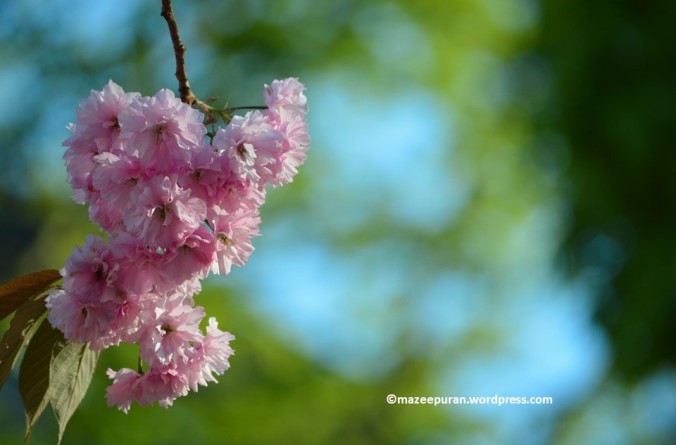
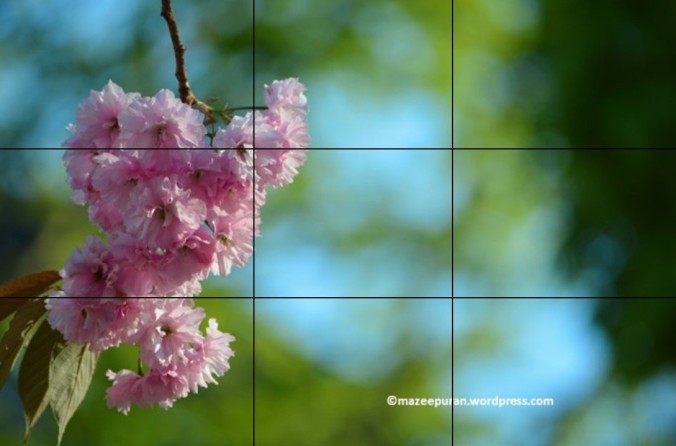
In the second image, the object is crocus and the idea was to present crocuses from a close distance but also to give a view of crocus field.
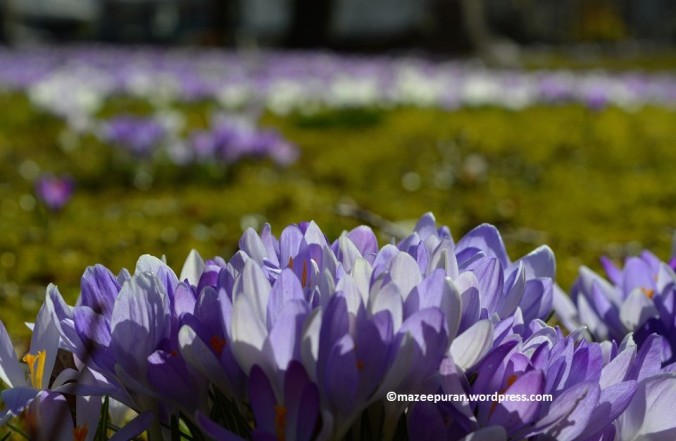
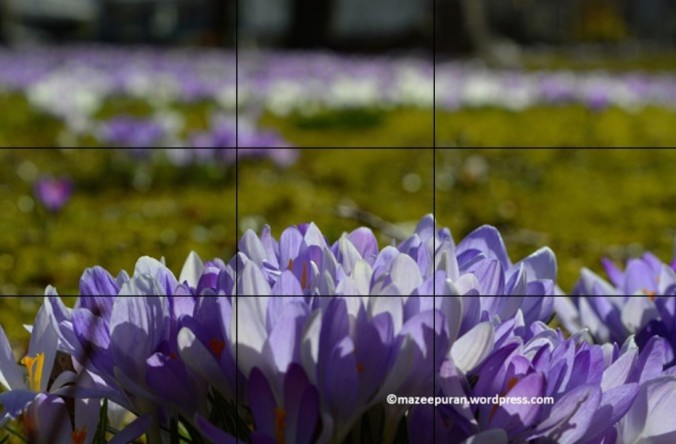
One more image using the rule and adding some background.
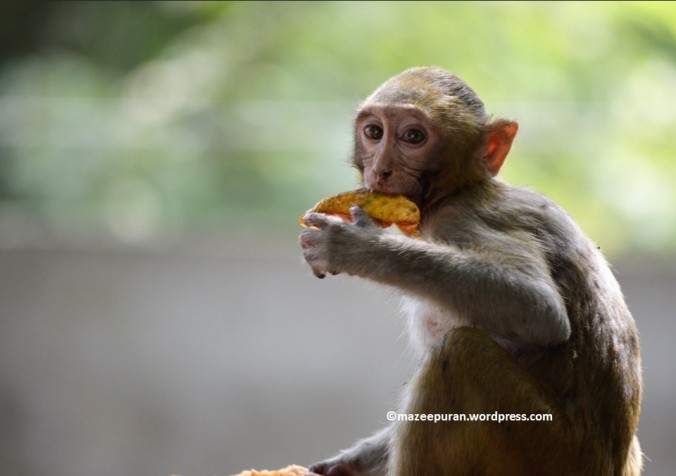
Lastly an example where the photo is centred.

Some interesting information:
The rule of thirds was first written down by John Thomas Smith in 1797. In his book Remarks on Rural Scenery, Smith quotes a 1783 work by Sir Joshua Reynolds, in which Reynolds discusses, in unquantified terms, the balance of dark and light in a painting. John Thomas Smith then continues with an expansion on the idea, naming it the “Rule of thirds”
Smith’s conception of the rule is meant to apply more generally than the version commonly explained today, as he recommends it not just for dividing the frame, but also for all division of straight lines, masses, or groups. On the other hand, he does not discuss the now-common idea that intersections of the third-lines of the frame are particularly strong or interesting for composition.
Resource: https://en.wikipedia.org/wiki/Rule_of_thirds
I hope I have done justice and created interesting images. I would love to read any comments.
Thanks for reading.
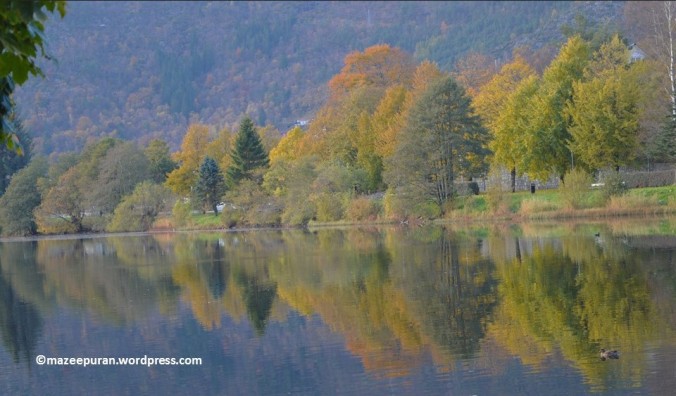

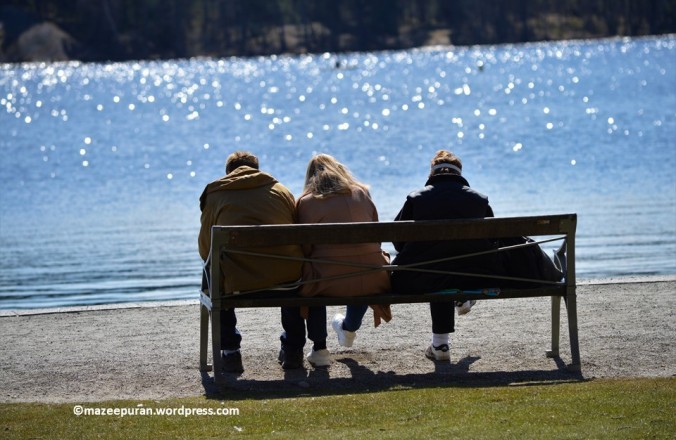
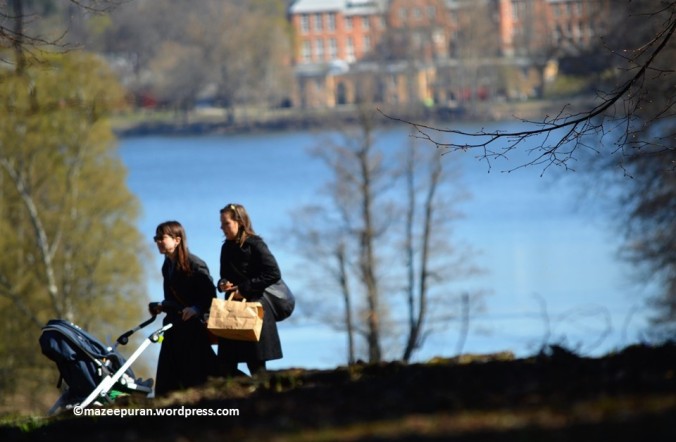
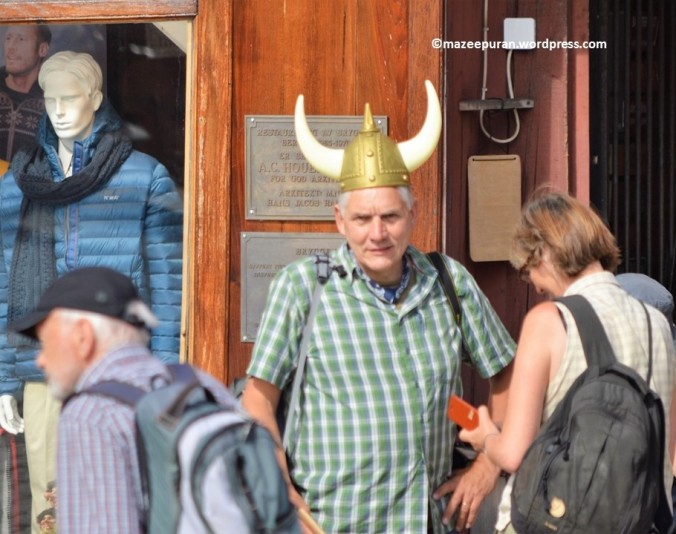



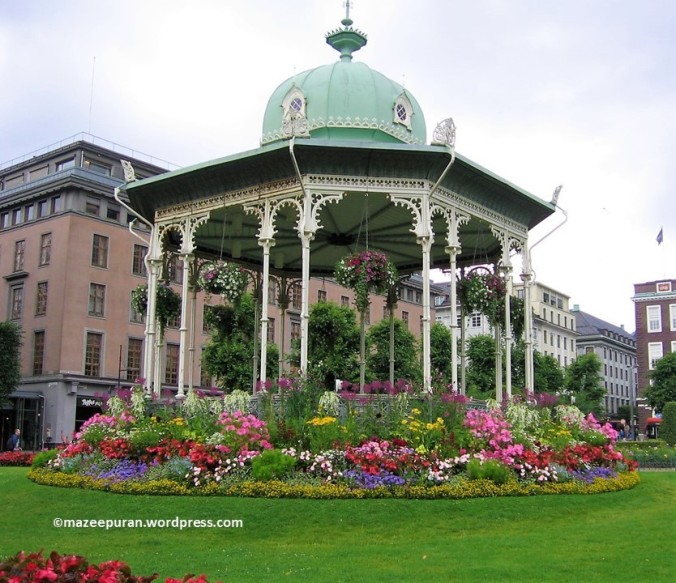
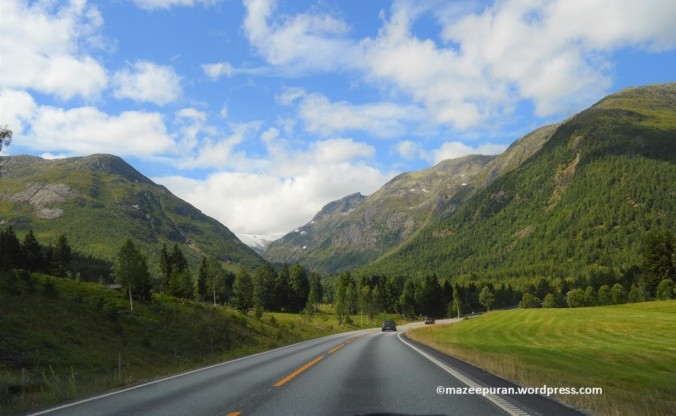
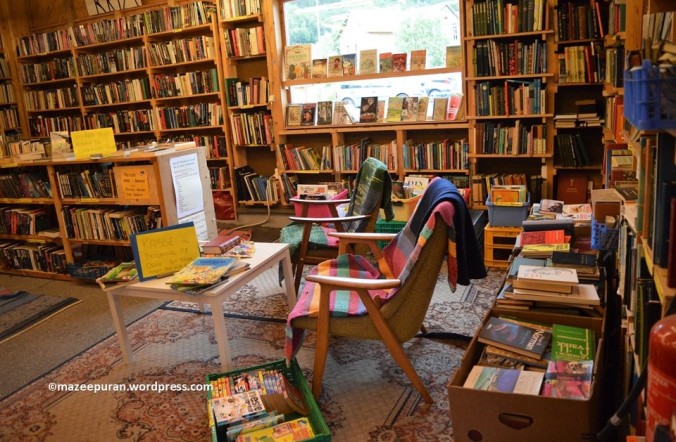

















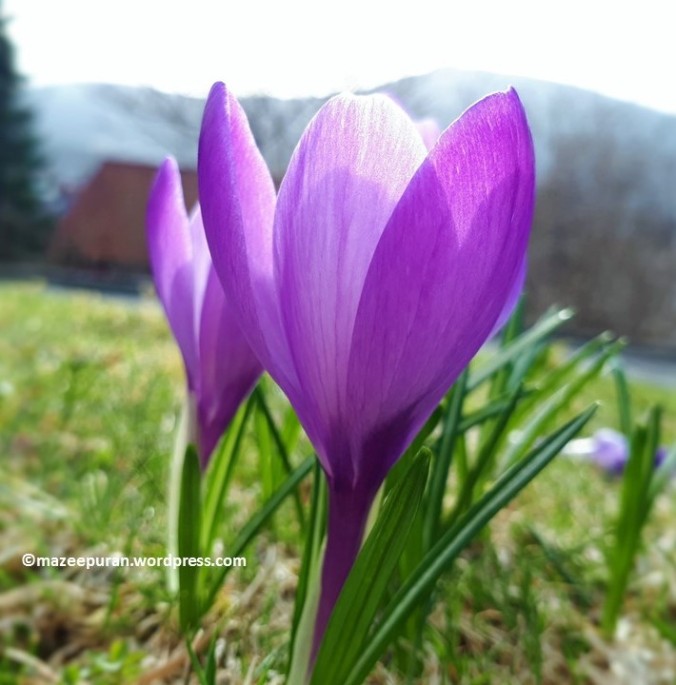
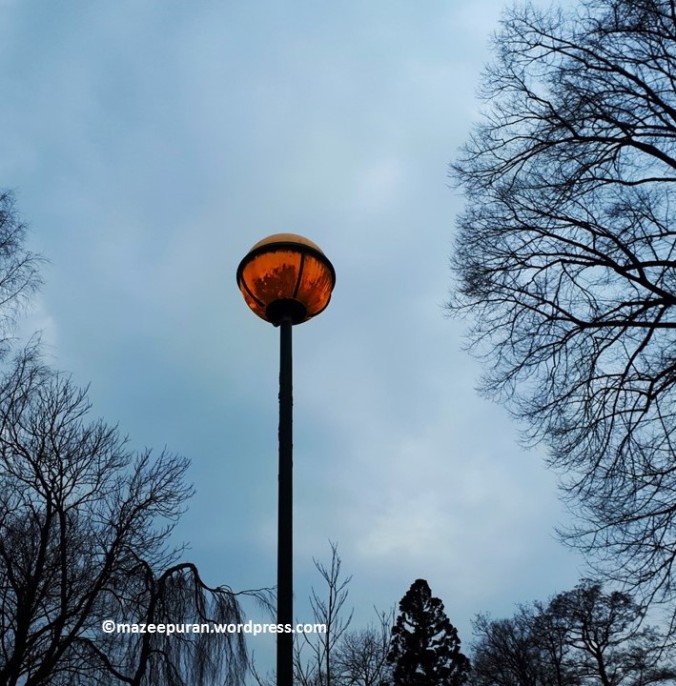
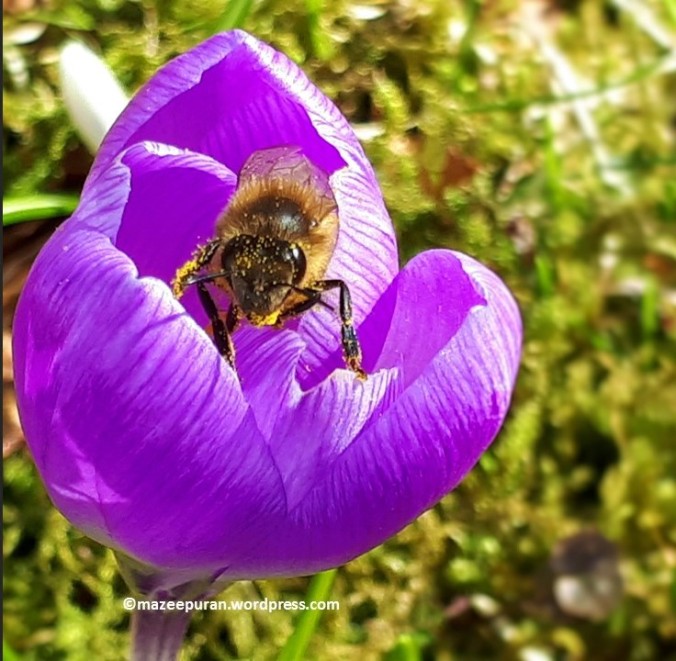
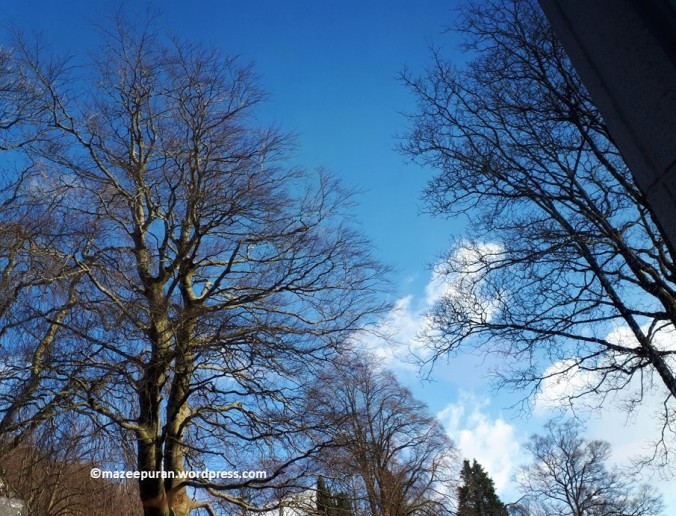
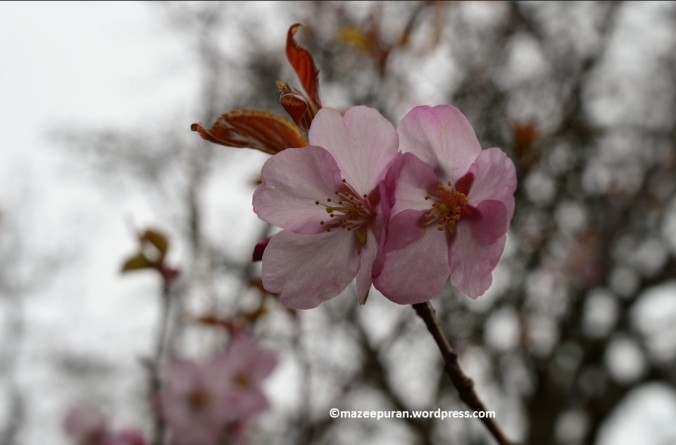

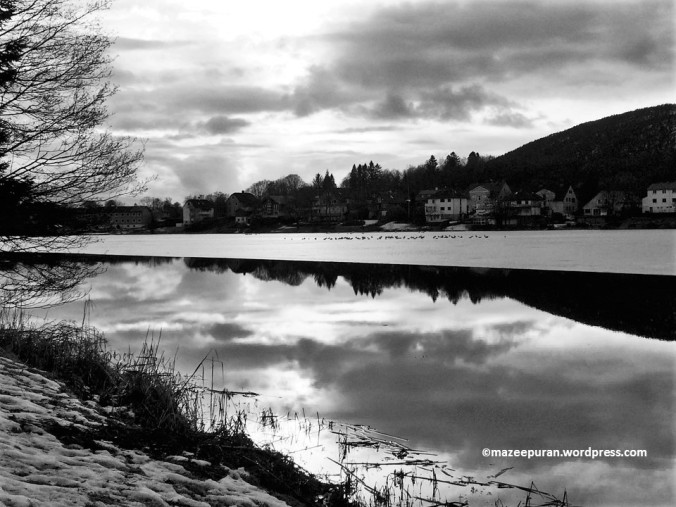







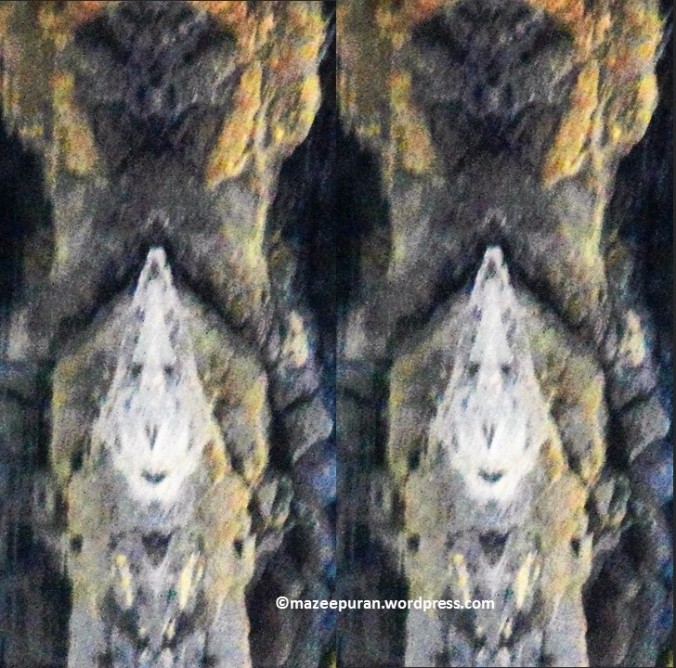
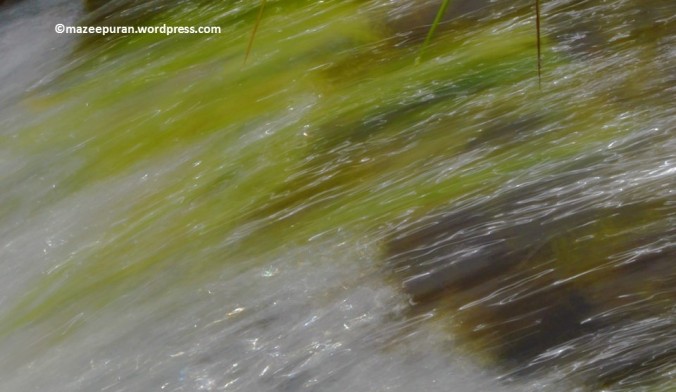

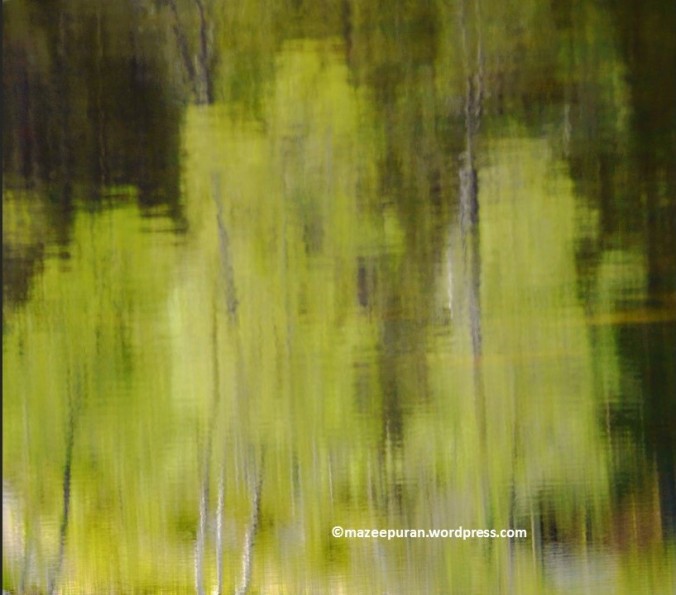
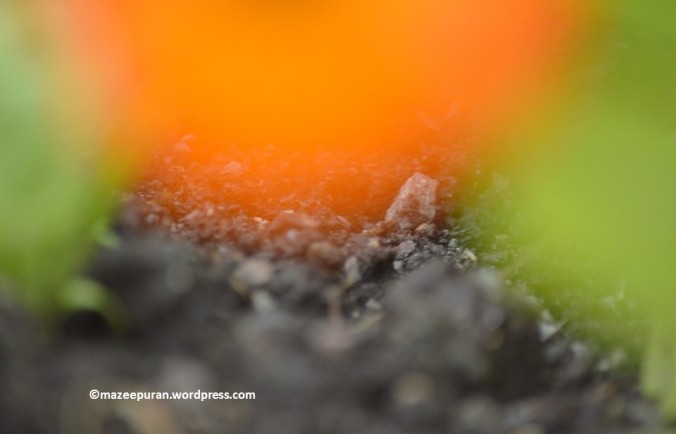
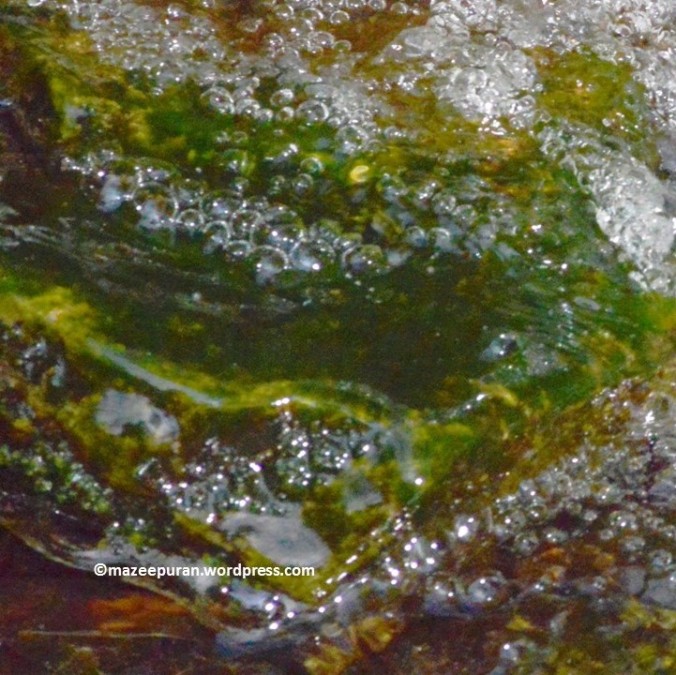
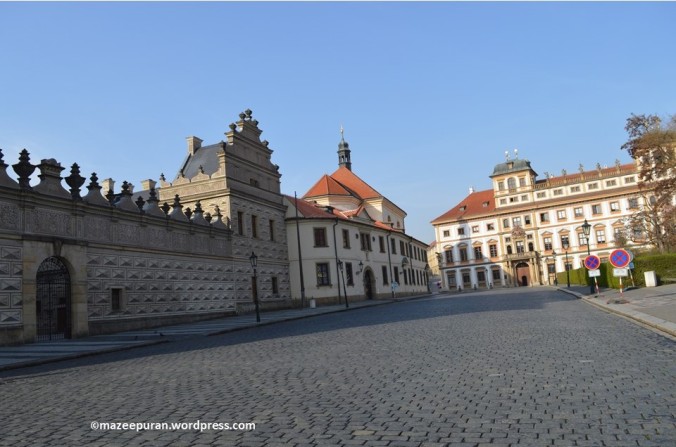
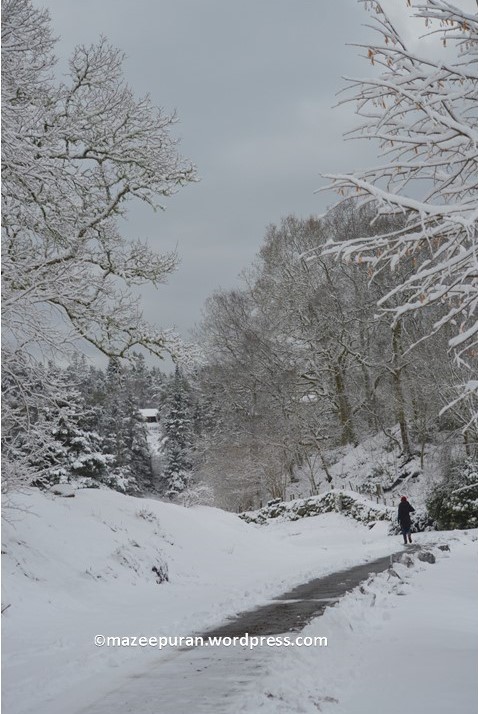
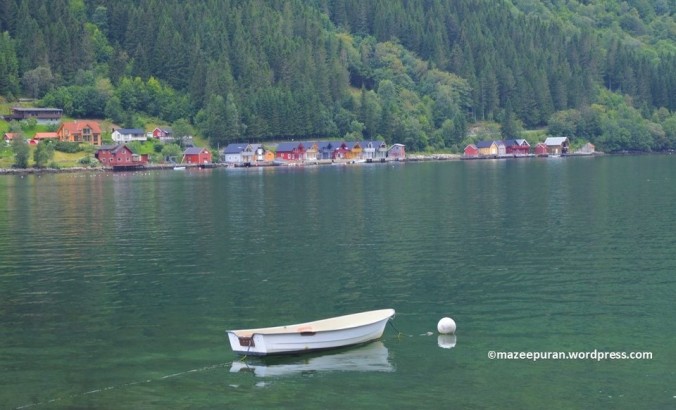
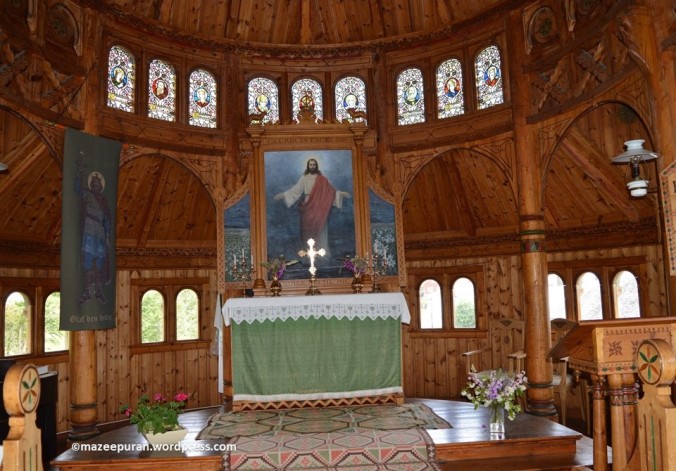
You must be logged in to post a comment.